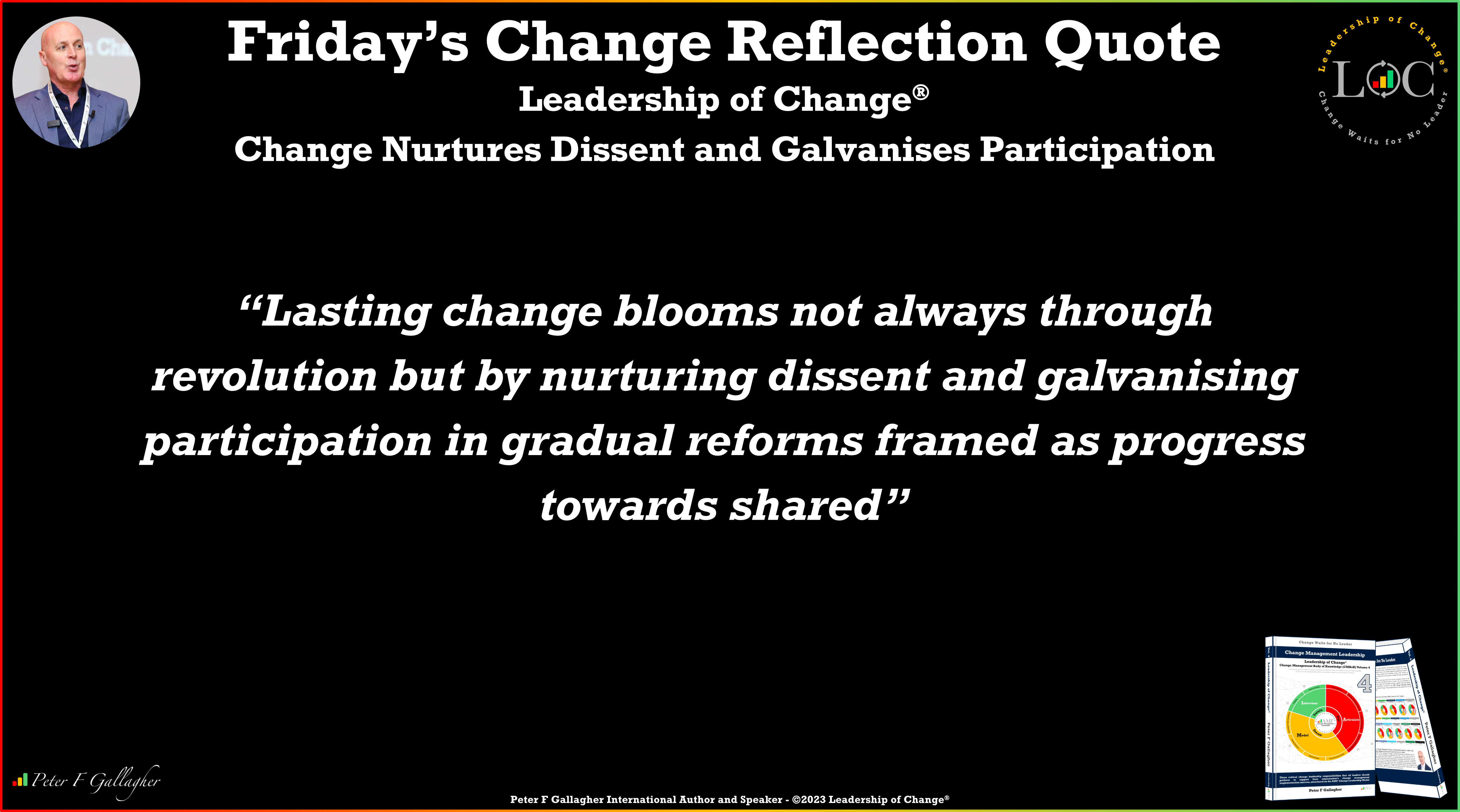Dec29

New Constitution of Ireland 1937.
Happy Friday!
On this day, December 29, 1937, a new constitution, established by a national referendum, changed the name of the Irish Free State to (Eire) Ireland. The historical significance of this event cannot be overstated. It represented the culmination of decades of struggle and sacrifice by Irish nationalists who had fought for their country’s right to determine its own destiny. The Irish Free State, which had been a part of the British Commonwealth since its establishment in 1922 under the Anglo-Irish Treaty signed in 1921, was now officially known as Ireland. The Irish Free State came into existence during a turbulent era in Ireland's history, marked by the struggle for independence from British rule. The Anglo-Irish Treaty of 1921 granted limited self-governance to Ireland, establishing the Irish Free State as a dominion within the British Commonwealth. However, the treaty remained a contentious issue, as it fell short of the aspirations of many Irish nationalists who sought complete independence. It was not until 1937, with the passing of the new constitution, that Ireland made a decisive break from its colonial past and asserted its identity as a sovereign, independent state. The constitution, also known as Bunreacht na hÉireann, was drafted by a committee led by Éamon de Valera, who would go on to become the first President of Ireland. The new constitution laid the foundation for a modern democratic republic. It established a parliamentary system, with a president as the head of state and a prime minister as the head of government.
Eamon De Valera was Ireland’s hated hero, a paradoxical figure whose leadership stirred both admiration and disdain. He told us, “I believe in the recognition of Ireland as a sovereign independent state.” His indomitable spirit, dedication to Irish independence, and unwavering commitment to his vision of an Ireland free from British influence left an indelible mark on the nation’s history. De Valera’s legacy prompts us to the complexities of change leadership, the choices that shape nations, and the transformative power of constitutional change. He persisted as a vocal minority voice, cultivating support through passionate arguments that Ireland’s right to self-determination should not be silenced by the violent oppression of dissent, but resolved through peaceful participation. Yet driving legal-constitutional change required galvanising widespread participation to demonstrate majority desire, provide mandate pressures, and force reform. By framing the referendum as an overdue platform to nurture citizens to voice dissatisfaction through ballots, not bullets, turnout and buy-in reached peak levels. Change moved from a political fringe cause to a dominant mainstream preference seemingly overnight after years of cultivation. Change Nurtures Dissent and Galvanises Participation.
“Lasting change blooms not always through revolution but by nurturing dissent and galvanising participation in gradual reforms framed as progress towards shared aspirations”
The ability of leaders to develop a change vision that has purpose is of utmost importance. A clear and compelling vision serves as a guiding light, providing direction and motivation for individuals and organizations embarking on a journey of change. A well-crafted change vision articulates the desired future state and the purpose behind the change. It goes beyond simply stating goals or objectives; it inspires and engages people by connecting the change to a higher purpose or a meaningful cause. When individuals understand the purpose behind the change, they are more likely to embrace it and actively participate in its realisation. Research has shown that leaders who develop a change vision that has purpose are more effective in driving change initiatives. They are able to communicate the vision in a way that resonates with others, creating a shared understanding and commitment to the change. This shared purpose fosters a sense of unity and collaboration, enabling individuals to work together towards a common goal.
Have a fantastic weekend with the ones you love and care for, enjoy some fresh air, exercise, eat, drink and be happy.
Further Reading: Change Management Leadership: Leadership of Change Volume 4
Peter consults, speaks, and writes on the Leadership of Change®. He advises CEOs on how to prepare and align their corporate leadership teams to successfully lead their organisation's change.
For further reading please visit our websites: https://www.a2b.consulting https://www.peterfgallagher.com Amazon.com: Peter F Gallagher: Books, Biography, Blog, Audiobooks, Kindle
Leadership of Change® Body of Knowledge Volumes: Change Management Body of Knowledge (CMBoK) Books: Volumes 1, 2, 3, 4, 5, 6, 7, A, B, & C available on both Amazon and Google Play:
~ Leadership of Change® Volume 1 - Change Management Fables
~ Leadership of Change® Volume 2 - Change Management Pocket Guide
~ Leadership of Change® Volume 3 - Change Management Handbook
~ Leadership of Change® Volume 4 - Change Management Leadership
~ Leadership of Change® Volume 5 - Change Management Adoption
~ Leadership of Change® Volume 6 - Change Management Behaviour
~ Leadership of Change® Volume 7 - Change Management Sponsorship
~ Leadership of Change® Volume A - Change Management Gamification - Leadership
~ Leadership of Change® Volume B - Change Management Gamification - Adoption
Coming soon:
~ Leadership of Change® Volume C - Change Management Gamification - Behaviour
~ Leadership of Change® Volume D - Change Management Gamification - Sponsorship
~ Leadership of Change® Volume E - Change Management Gamification - Leadership Teams
Keywords: Business Strategy, Change Management, Leadership
 The Human Twilight and the Dawn of Intelligence: A Future Awaiting
The Human Twilight and the Dawn of Intelligence: A Future Awaiting The Electrification of Everything: Why Energy Transition Is Hard, and Why Delay Isn’t an Option
The Electrification of Everything: Why Energy Transition Is Hard, and Why Delay Isn’t an Option Prediction Is a Trap. Preparation Is Power.
Prediction Is a Trap. Preparation Is Power. China Outpaces U.S. in Shipbuilding: 1,000 to 8
China Outpaces U.S. in Shipbuilding: 1,000 to 8 The Innovation Dilemma: Open-Weight Versus Proprietary Models in Knowledge Distillation
The Innovation Dilemma: Open-Weight Versus Proprietary Models in Knowledge Distillation